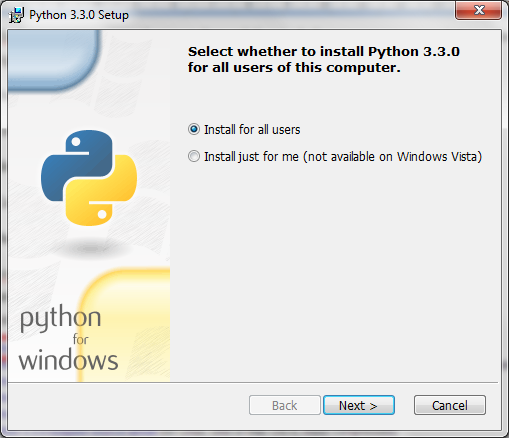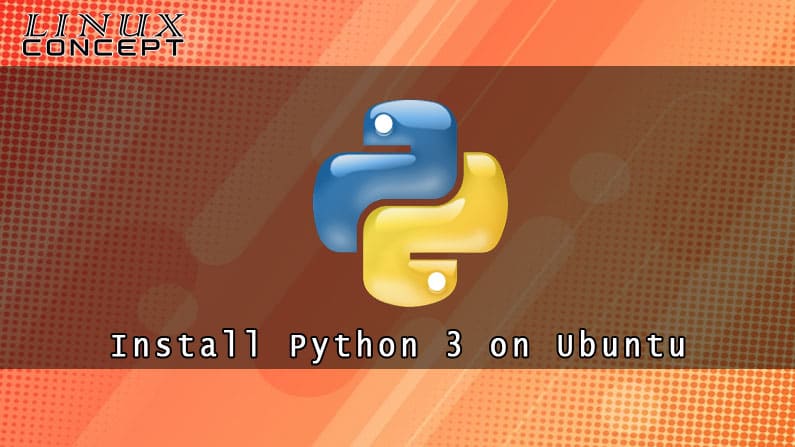

In this article you will learn how to install python 3.8 on RHEL 7 without affecting your current environment. This article cover how to install latest version of python or python 3.8 in RHEL 7 or RHEL 7.9. Developers always ask for install latest version of python but sysadmins problem is that Redhat provides till only python 3.6. Python is very much popular and opensource programming language.


All I need to do now is to install the CDK and I can start building Python microservices. I now have Python 3.6 and Flask installed on my RHEL VM. See How to install Python 3, pip, venv, virtualenv, and pipenv for more information.įinally-for real this time-I tested it by creating and running the hello.py app that's featured on the Flask project home page. Now, finally, I could install Flask by running pip install flask.Įditor's Note: Using Python virtual environments and avoiding pip install as root are best practices. I then immediately ran pip install -upgrade pip and my pip installation was updated to version pip-10.0.1. Now, all I needed to do was enable it in a bash shell session and I'd be ready to start writing Python code using Flask: See How to install Python 3, pip, venv, virtualenv, and pipenv for more information.) (Editor's Note: To install Python 3.6 you need to enable the RHSCL and Optional software repos for yum. Finally, the install command I was looking for: sudo yum install rh-python36-python-pip.noarch. I used the command yum search python36 to see if any Python 3.6 packages were available, and voila!Īha! A package specifically built by Red Hat. Note: if sudo doesn't work for you see How to enable sudo on Red Hat Enterprise Linux.įrustrated, but not to be defeated, I figured pip- a Python utility-must be part of the Python package for RHEL. Obviously, the correct command is sudo yum install pip. Well, hang on a minute I'm on RHEL, so yum is the package manager (that is, installation utility). With the confidence that often accompanies ignorance, I went to the command line and typed the simple command pip install flask and waited for the good news. Obviously, installing Flask would be easy. Because Python 3 is part of the Red Hat Software Collections (RHSCL), this works with all minor versions of RHEL 7. If you aren't using RHEL 7.5, not to worry.

I'll use Flask, a terrific microframework that makes building RESTful services easy. Then I got the idea: I'll install the Red Hat Container Development Kit (CDK) and build some Python-based containers. There it was, on my PC, running in VirtualBox.a gleaming, shiny, brand-spanking-new VM running RHEL. I recently got my zero-dollar developer copy of Red Hat Enterprise Linux (RHEL, version 7.5) and built a virtual machine (VM) to run it.


 0 kommentar(er)
0 kommentar(er)
